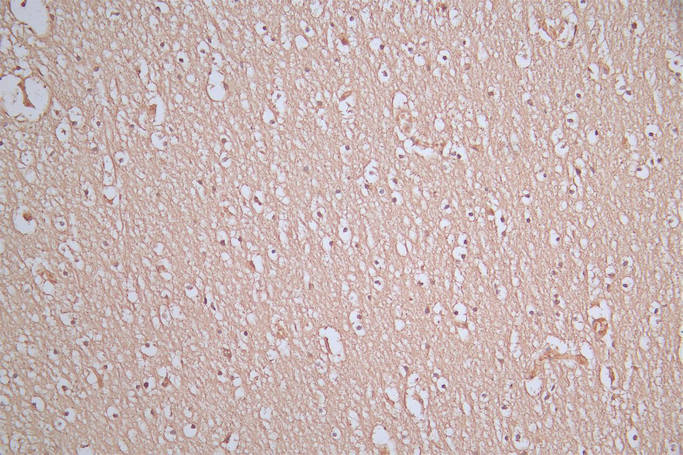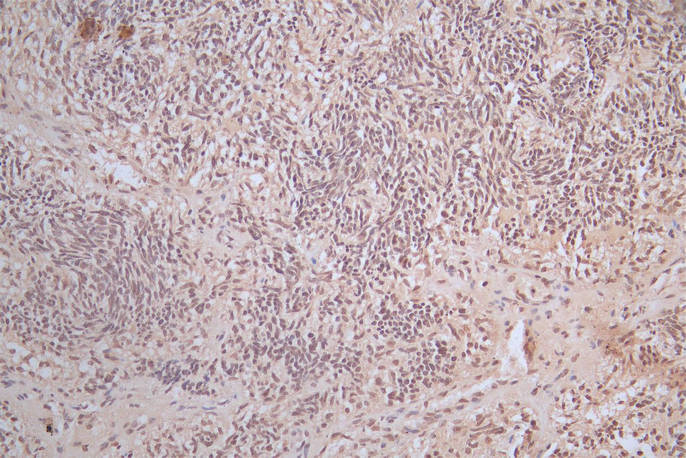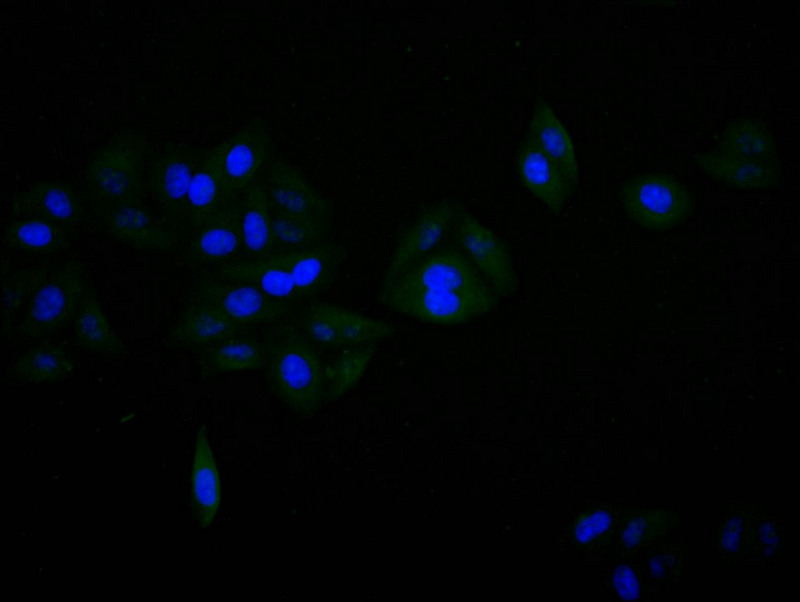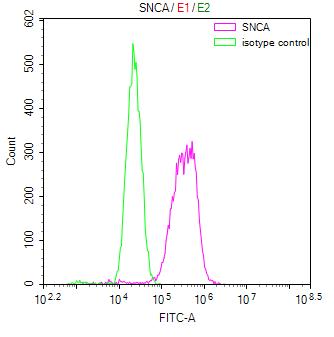The production of the recombinant monoclonal antibody specific to SNCA involves initially inserting SNCA antibody genes into plasmid vectors. These engineered plasmid vectors are subsequently introduced into appropriate host cells for expression. Afterward, the SNCA recombinant monoclonal antibody undergoes purification using affinity chromatography. It has undergone thorough validation for various applications, including ELISA, IHC, IF, and FC. This antibody exclusively recognizes the human SNCA protein.
SNCA is predominantly found in neurons, particularly in the presynaptic terminals, where it participates in several important processes, including regulation of synaptic vesicles, maintenance of synaptic integrity, neuronal plasticity, dopamine regulation, formation of Lewy Bodies, and cellular stress response.









